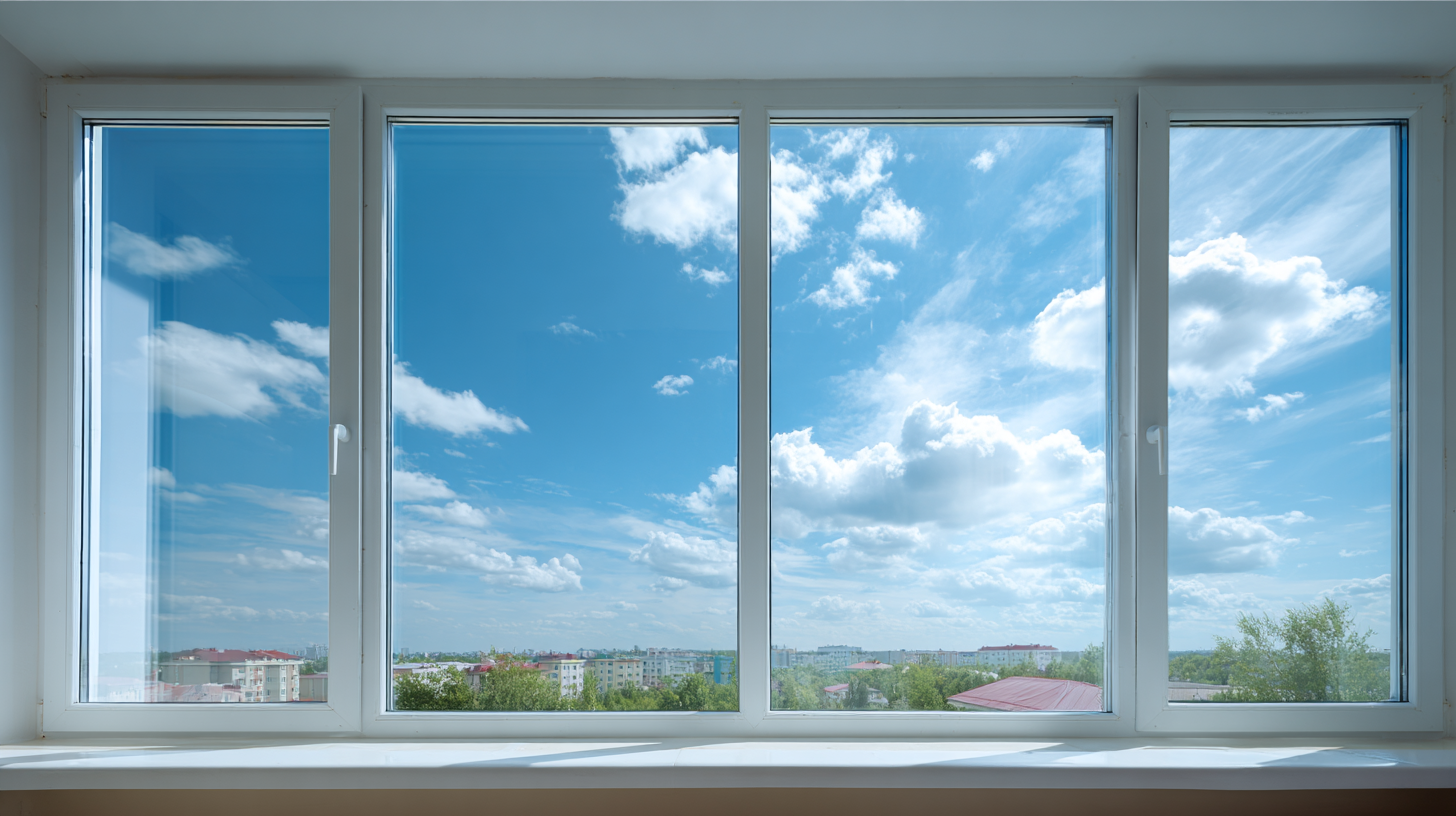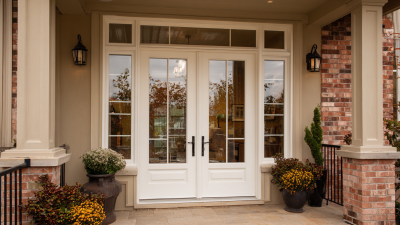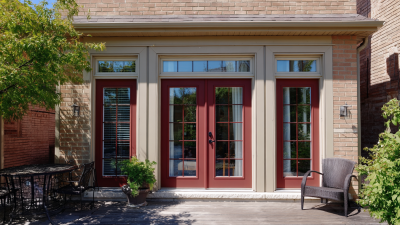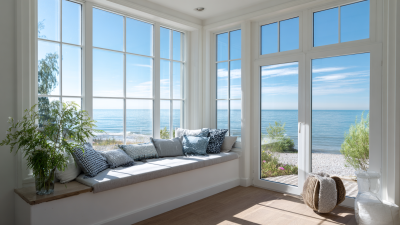- Toronto +1 (416) 633-5921
- Burlington +1 (905) 581-4015
- Ottawa +1 (613) 731-6224
Improving home energy efficiency is a priority for many homeowners looking to reduce energy bills and environmental impact. One of the most effective strategies for achieving this is by focusing on replacing windows. According to the U.S. Department of Energy, heat gain and loss through windows are responsible for 25%-30% of residential heating and cooling energy use. Upgrading to energy-efficient windows can significantly decrease this energy wastage, with some studies indicating a potential energy savings of up to 15% annually. Furthermore, the Efficient Windows Collaborative reports that high-performance replacement windows can save homeowners an average of $500 per year on energy costs, depending on the region and original window performance. As such, understanding the benefits, processes, and available options for replacing windows is crucial for those eager to enhance their home’s energy efficiency and comfort.

The importance of energy-efficient windows in home design cannot be overstated, especially in the context of rising global energy consumption and climate change. Residential buildings are responsible for a significant portion of energy use worldwide, prompting a shift towards sustainable solutions. Advanced technologies such as phase-change VO2 materials, which exhibit thermochromic properties, are leading the way in this transformation. These innovative windows can adapt their thermal properties in response to temperature changes, potentially reducing energy consumption significantly.
The market for energy-efficient glass and insulated glazing components is projected to grow from $15 billion in 2022 to $22.5 billion by 2030, reflecting a compound annual growth rate (CAGR) of 6.0%. This growth is driven by increasing awareness of sustainable architecture and the incorporation of bio-inspired design elements that promote energy efficiency. Smart glass technologies, including electrochromic windows, are also gaining traction, with the market expected to see robust growth as consumers seek smarter, more responsive home environments. For example, the smart glass market is anticipated to expand significantly, highlighting the integration of technology and sustainability in modern home design.

When it comes to enhancing your home's energy efficiency, selecting the right type of windows is essential. Opting for energy-efficient windows can significantly reduce heating and cooling costs while also improving indoor comfort. Look for windows that have double or triple glazing, as these feature multiple panes of glass filled with inert gas to minimize heat transfer. Additionally, windows with low-emissivity (Low-E) coatings can reflect heat back into your home during winter while keeping it outside during summer.

Tip: Consider the frame material as well. Vinyl frames offer excellent insulation and require minimal maintenance, while wood frames provide natural aesthetics and strong thermal performance. For a modern touch, fiberglass frames are durable and energy-efficient.
In addition to material and glazing, the window's orientation and the type of glass also play a crucial role in overall energy performance. South-facing windows can harness passive solar heat in winter, while those with tinted or reflective coatings can help keep homes cooler in the warmer months.
Tip: Always check for the ENERGY STAR label to ensure that the windows you choose meet strict energy efficiency guidelines, helping to maximize your investment in home improvement.
Replacing old windows can significantly enhance your home’s energy efficiency, but the process must be approached carefully to ensure safety and effectiveness. Start by gathering the necessary tools, including a pry bar, utility knife, and safety glasses. Before beginning, inspect the windows for any potential hazards like broken glass or hazardous materials. Ensure you have a safe workspace and consider wearing gloves to protect your hands.
**Tip:** To avoid damaging surrounding structures, use a pry bar gently to loosen the window from its frame. Start from one corner and gradually work your way around, applying even pressure. Having an extra pair of hands can be beneficial during this step, as it helps to manage the window's weight and stability.
As you remove the old window, be mindful of potential dust and debris. If your windows were installed before 1978, they may have lead-based paint, which requires special handling. Once the window is safely out, clean the frame and prepare it for the new window installation. Proper preparation ensures that the new window fits well and contributes to your home’s overall energy efficiency.
**Tip:** Before installing the replacement window, check the frame for any signs of rot or damage. Treating any problematic areas with a wood preservative can extend the life of your new installation and prevent future issues.
When it comes to enhancing your home's energy efficiency, installing new energy-efficient windows is one of the most impactful improvements you can make. Modern windows are designed to minimize heat loss during the winter and reduce heat gain in the summer, leading to lower energy bills and increased comfort. Selecting high-quality windows that meet energy efficiency standards is crucial; therefore, consider options with double or triple glazing, Low-E coatings, and gas fills for improved insulation.
Here are a few tips to consider when installing new energy-efficient windows. First, ensure that your windows are properly sealed during installation to prevent air leaks. This can significantly affect overall performance. Second, choose the right frame material; options such as vinyl or fiberglass offer better insulation properties compared to aluminum. Lastly, consider the orientation and shading of your windows; strategically placing them can maximize natural light while minimizing unwanted solar heat gain.
Additionally, it's beneficial to consult with professionals who specialize in window installation. Their expertise can guide you through selecting the best products for your home's specific needs and ensuring the installation process is executed flawlessly. Investing in energy-efficient windows not only improves your home’s energy efficiency but also enhances its aesthetic appeal.
Maintaining your new windows is crucial for ensuring long-lasting energy savings in your home. Regular upkeep not only enhances the performance of your windows but also extends their lifespan. One of the first steps in maintenance is ensuring that the seals around the windows remain intact. Check for any drafts or moisture build-up, which could indicate a failing seal. If you notice any damage, promptly repair or replace the weather stripping to maintain optimal insulation.
Another important aspect of window maintenance is cleaning. Dirt and grime can accumulate on the surface and in the tracks, affecting the operation and efficiency of the windows. Use a gentle soap solution and a soft cloth to clean the glass and frames regularly. Additionally, inspect the hinges and moving parts to ensure they are functioning smoothly—applying lubricant can help prevent sticking or rusting.
With consistent care, your new windows will not only perform better but also contribute to significant energy savings for years to come.






Call us one of our 3 offices across Ontario, Canada
Thanks for contacting us!
We'll get back to you as soon as possible.